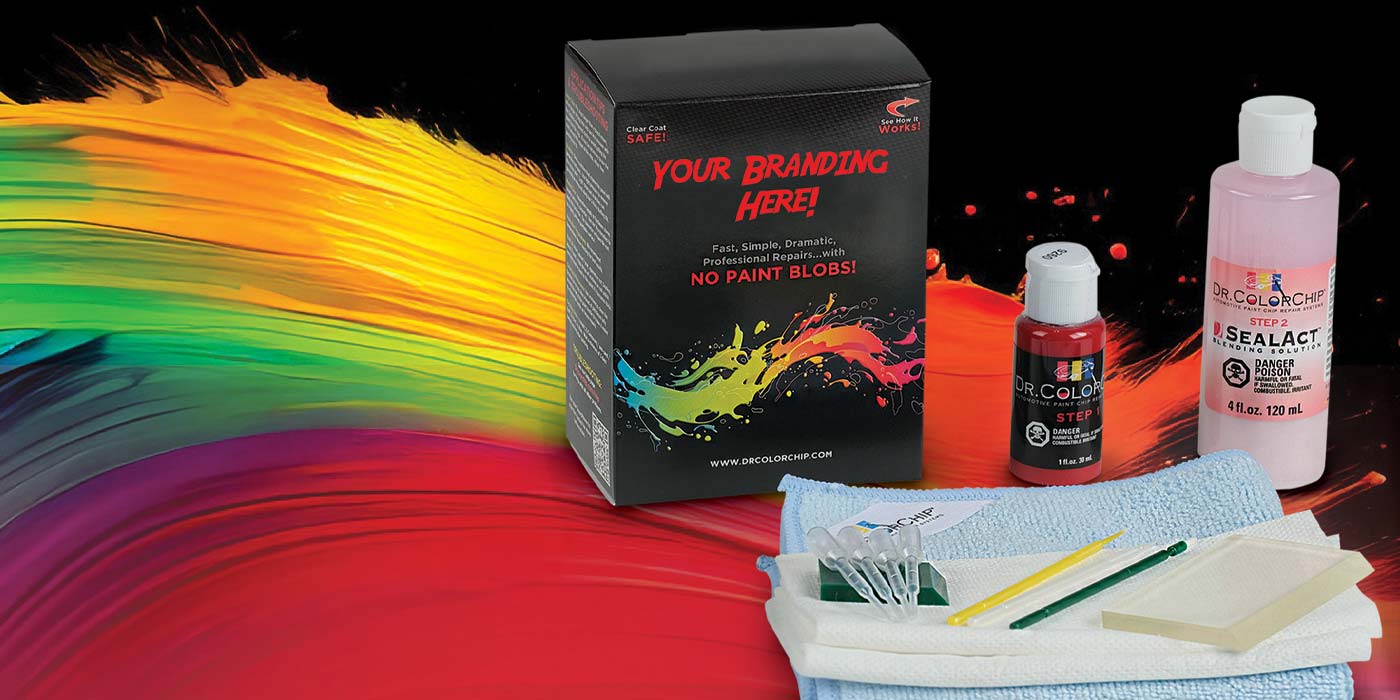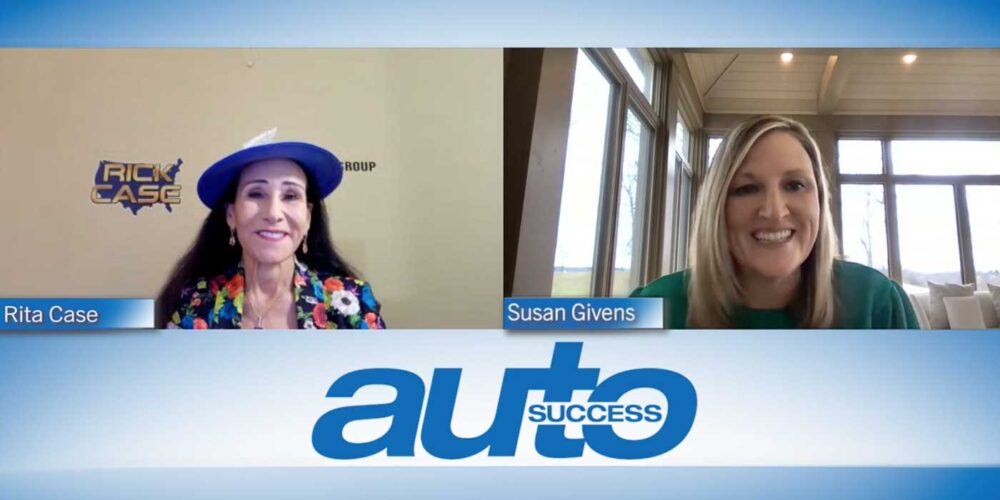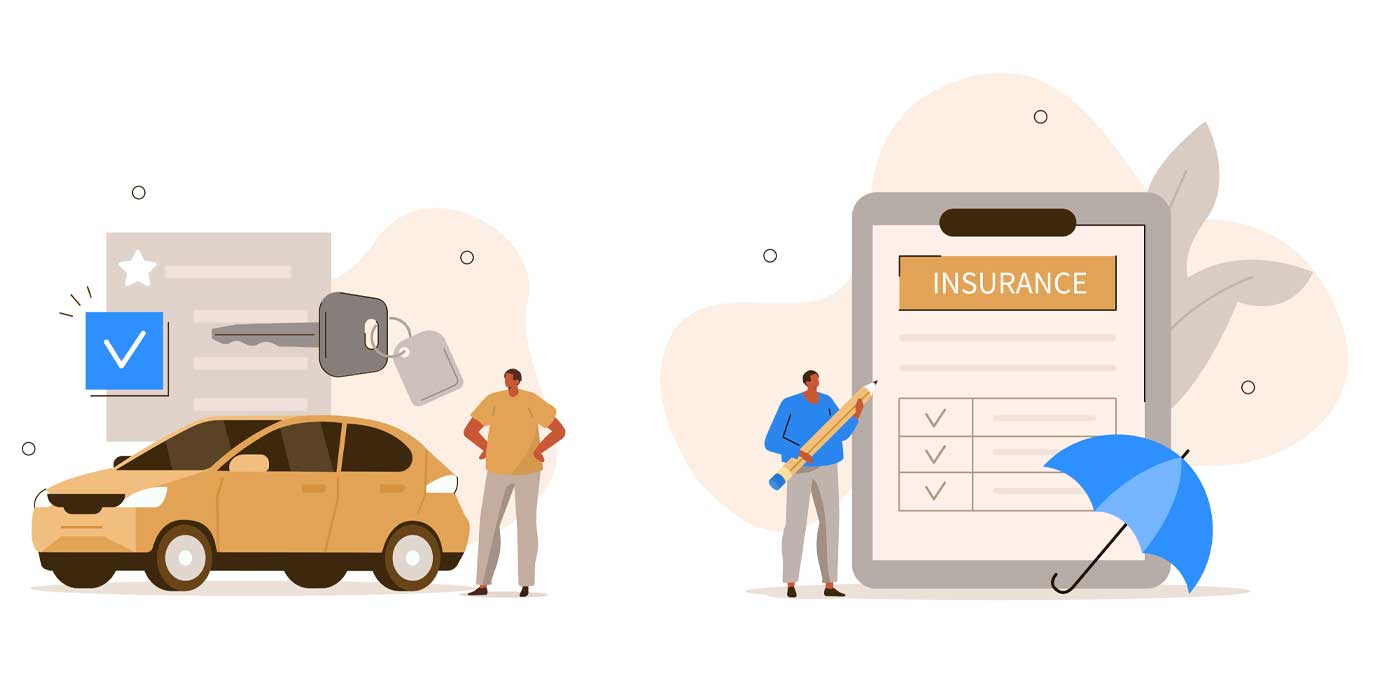Is your customer pay traffic increasing, stagnant or decreasing? Are your CSI scores above average? How about your net profit in your service and parts departments? Is it a minimum of 20% of gross profit? These are all important factors in making this year a better year than last year!
Have you considered building a service sales force in your drive? Based on what I’m seeing in the marketplace, I believe the answer is a solid “no.” In fact, many advisors and managers look at selling in the service drive as a bad thing! So, how do you go about building an advisor sales force in your service drive? It’s really no different than what you are currently doing on the showroom floor and out on the blacktop with your sales team. It all begins with training everyone on the “Road to a Sale.”
The following 12 steps have worked pretty well for your sales teams for decades now and will produce closing ratios in the range of 25% to 30% or even higher for top performers. Rest assured these same 12 steps will produce similar results for your advisor sales force, and it’s not uncommon for a service salesperson to maintain a 30% to 50% closing ratio.
1. Meet and Greet the Customer
How about a smile along with a “Good morning, welcome to our dealership. What brought you here today?” Sell the customers on the fact that you’re glad they are here and you greatly appreciate their business. Make sure your advisors have appointments scheduled at 15-minute intervals so they can spend some quality time with each customer. You’ve heard the old saying about first impressions. The CSI process has just begun.
2. Qualify their Wants and Needs
Service advisors (salespeople) must be trained to be good listeners, understand body language and communicate effectively with their customers. Additionally, they must be able to ask qualifying questions that begin with who, what, where, why, how, when or “tell me about.” The answers to those questions will enable the advisor to accurately qualify their customers’ needs, write proper repair orders that communicate effectively with the technician the work to be done as well as confirm to the customers your understanding of their needs. This becomes part of a vehicle walk-around with the customers.
3. Select a Product or Service
A properly trained advisor (salesperson) must take the time to select products or services based on vehicle condition, mileage and service intervals and then advise the customer by making recommendations. Most customers have a concern or a request, but they do not know which products or services will correct their concerns or fulfill their requests. That is the advisor’s responsibility.
4. Give a Feature/Benefit Presentation
On the blacktop, you want your sales team to present all of the features of the vehicle and explain the benefits of those features to build value in your product and distinguish it from the competitors’ product. Advisors must do the same thing. It’s called a menu presentation. Today, we have electronic menus online that enable an advisor to make visual presentations of service benefits with short videos along with a “hover” feature. The videos also have audio, which guarantees the customer will hear the benefits of the product or service. These menus can be printed with pricing options for customers to choose from.
We know that when you give customers multiple options, they are most likely going to choose one. If, on the other hand, your administrative staff fails to offer menu presentations, you have guaranteed yourself a one-item repair order (RO). A properly designed menu will save your customers money over the ownership cycle and ensure they are driving reliable vehicles. It sounds like CSI is heading due north!
5. Demonstrate the Product or Service
The above-mentioned videos are great ways to demonstrate recommended services. Point-of-sale materials are another way to demonstrate. I recently visited my dealer for some routine maintenance, and as I was standing at the cashier’s window, I noticed on the counter a display showing the benefits of replacing a cabin filter. Nice display, but what the heck is it doing at the cashier’s window? My RO is closed, and I’m paying my bill, so what is the chance that I’m going to ask to buy one of those? Point-of-sale displays should be at “the point of sale.”
Of course, the advisors should have this at or near their workstations to demonstrate the need for replacement. Product demonstration is actually no more than show and tell. Show the customer the product, tell them about the features and benefits, and ask them to buy it.
6. Prepare a Written Proposal
This can consist of more than one proposal for a service advisor. There is the primary item proposal on the original RO, plus the printed menu proposal, plus the estimate proposal for the primary item once diagnosed plus the estimate proposal for any additional repairs/services found on the technician’s multi-point inspection. All of these proposals should always be in writing!
7. Ask for the Sale
If your sales team has followed all of the six steps outlined above, then this step will close the sale and “ring the cash register.” This step will not take a lot of time if you have followed the Road to a Sale. I like to point out that good salespeople will spend about 80% of their time selling and only about 20% of their time closing. Your administrative staff will most likely spend 20% of their time selling, which of course makes closing more difficult, resulting in a very low closing ratio and a very high percentage of one-item ROs.
8. Overcome Objections
Just like on the showroom floor, this skill requires some serious training. The advisor must know how to identify the real objection as opposed to accepting excuses, which are not truthful. The advisor must always have a Plan B. The advisor must be able to justify a “yes.” I’ll save this subject for a future sales team article on overcoming objections.
9. Turnover to a Sales Manager
Most of you probably do not have a sales manager in your service department, but you should. In smaller stores, this should be your service manager. In medium-sized stores, it could be a senior advisor who is a good closer. In larger operations, it should be a full-time position. Whenever an advisor gets a “no” from a customer on completing a mechanical repair, especially if it is safety- and/or performance-related, the advisor should turn over this sales opportunity to the sales manager, who should then make a thorough presentation to the customer on the benefits, improved safety and/or performance and ask for the sale again.
Additionally, there will be times when “no” means the customer will pay more later, when the mechanical concern becomes worse and possibly does additional damage to the vehicle. Lastly, the sales manager can verify that the advisor has properly or improperly presented the feature and benefits to the customer. This process will of course increase sales as well as CSI if you are selling the customer benefits and not just a price.
10. Deliver the Product or Service
We call this the “active delivery for our service sales team.” Always bring the vehicles to the customers. Never send the customers to the vehicles! Review all lines on the ROs — condition/cause/correction — along with the total charges. Set the next service appointments before your customers leave. Plant the seed for future service requirements and recommendations. Thank them for their business!
11. Ask for Referrals
As Tom Stuker once said, “Who do you know?” Train your advisors to ask this question to every customer: “Who do you know — maybe a friend or family member, possibly someone you work with — who you think would benefit by bringing their vehicles to me for all of their service needs? Here at ABC Motors we service all makes and models.” Great question if you are starting a quick lube operation also.
12. Follow Up
Every dealer has “customer-declined repairs,” so these must be followed up with for future appointments. Maybe today it was a money issue, but in two weeks when they get paid, they can afford to do it. You must also follow up with service reminders, seasonal specials, tire specials, etc. Your mission is to keep those customers coming back again and again.
Train your advisors on the Road to a Sale, and you will see your customer pay traffic increase, your CSI climb above average and your net profits beat last year’s!














